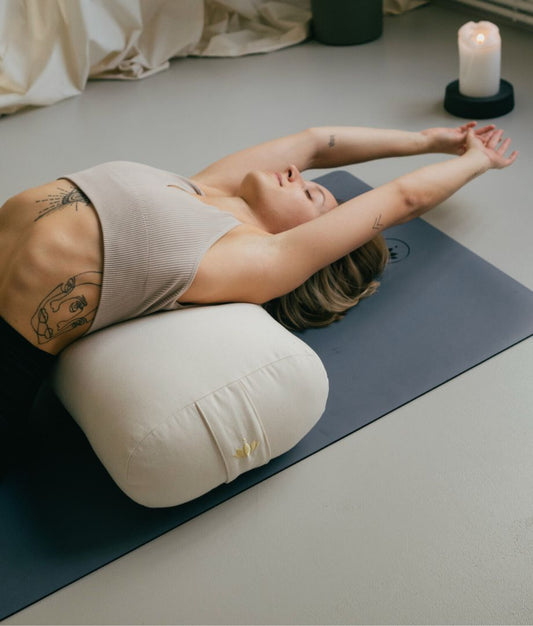
Set-Offers
Save when you buy a set
Shopping cart
Your shopping basket is empty
Yoga
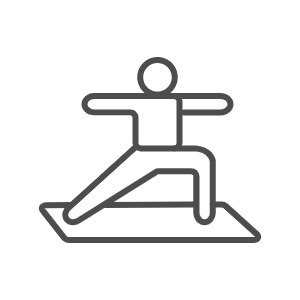
Meditation
Bundles
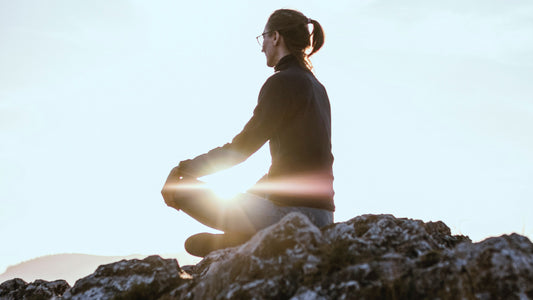
|
In meditation, the mind falls into deep concentration and accesses that quiet and peaceful mindfulness that is essentially always there. Body and mind come to rest in meditation and afterwards feel fresh and completely renewed. Our energetic imprint changes, this can be felt and often seen after just one week of meditation. But when you sit down on your meditation cushion, your mind just won't let go. Often our mind is active like a little monkey jumping from branch to branch. Then we literally cling to our thoughts, can hardly let them go and keep getting caught in a thought spiral.
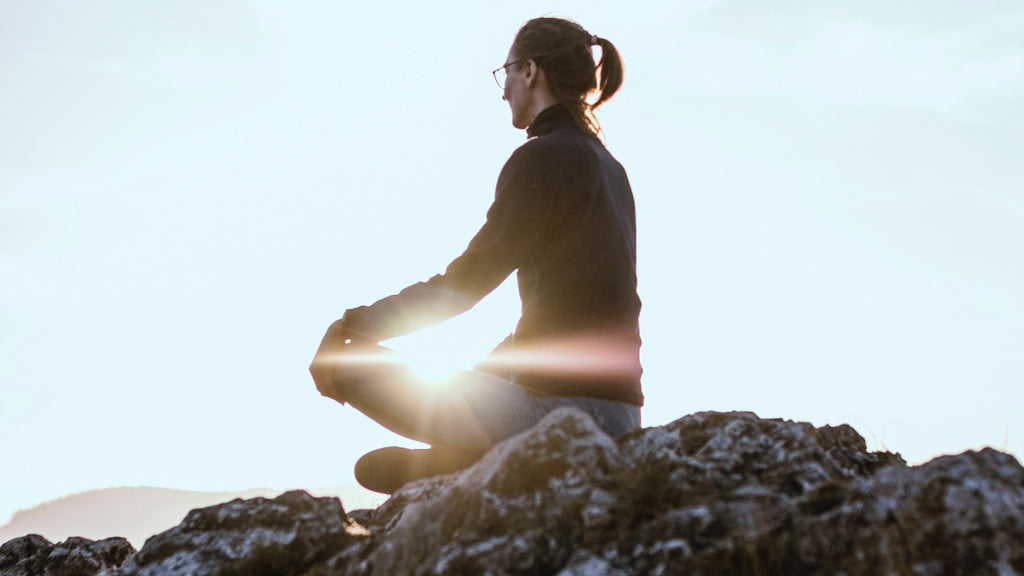
If this sounds familiar and you'd like to delve deeper into meditation, this overview is for you:
The essence of meditation (Sanskrit: dhyāna n. "meditation, contemplation, contemplation") is the stilling of thoughts in the mind. The head becomes empty and enjoys complete stillness. As in a deep sleep, the body finds itself in a pleasantly relaxed state, while the mind remains wide awake.
"Meditation is an adventure — the greatest the human mind can embark upon. Meditation is simply being there, without doing anything — no action, no thought, no emotion. You are. And that is pure delight. Whence Does the delight come from not doing anything? From nowhere and from everywhere. It comes uncaused, for existence is of the stuff called joy."
OSHO
In meditation, through consistent practice, we find ourselves in a state of consciousness free from thoughts, worries, or commitments. The trouble is, it's not that easy to find access to this deep, undisturbed silence. Many people practice for a long time to enjoy only a few seconds. Therefore, it is helpful to learn to appreciate the practice yourself and not hope for the result. The numerous benefits of meditation then appear on their own.
You have tried to deal with meditation several times, but you just encountered too many terms that confused you? You are wondering what, for example, Nirvana, Chakra or Dharma mean?
For a better understanding, we have put together the most important meditation terms in one article. Our tip: Don't let the terms unsettle you. The more you engage in meditation, the clearer the terms become. If you are meditating and learning with a group, don't be afraid to ask your teacher. Not only do you benefit from this, but also the other students.
The most important rule for starting your meditation career: There are none! It is important that you do not put yourself under too much pressure - everything does not have to be perfect.
It helps if you choose a quiet place where you feel comfortable. If there are noises, simply perceive them without evaluating them. And start with small meditation sessions , because the key to happiness in meditation lies in repetition. You can start with just seven minutes a day and slowly build up to ten minutes. The best time for meditation is early morning or dusk. If you meditate regularly at a specific time, you'll make your practice routine and your mind will calm down faster. These six tips will help you get started with meditation.
Don't worry, you don't have to knot yourself like a fakir to meditate. For example, a typical sitting posture for meditation is Sukhasana (the simple seat), where you sit on the floor with your lower legs crossed. You can put a folded blanket or a low meditation cushion underneath so that your hips are higher than your knees . By the way: You can also meditate sitting on a chair. There are many different sitting postures from which you can choose a variant that suits you.
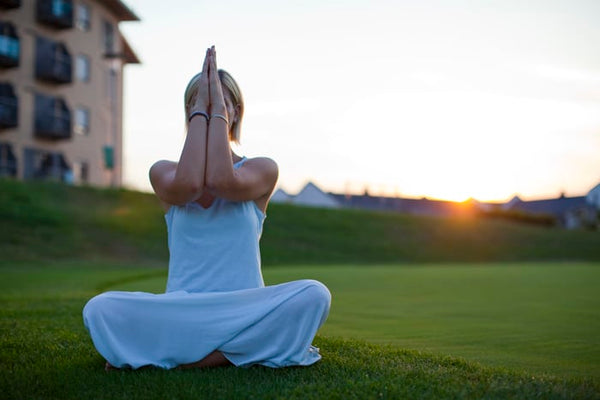
Guided meditations, where a teacher guides you into the meditation, are helpful, especially at the beginning. It will be easier for you to stay calm if your meditation is accompanied by a soft voice. A group can also make it easier for you to get started. In this audio file, author and yoga teacher Katharina Wimmer introduces you to a classic yoga meditation in which you bring your senses inward and concentrate your thoughts and emotions on a point in the middle of your forehead.
If you want to fully immerse yourself in this meditation, you can read more about it here .
Because our nervous system takes over our breathing, many people often breathe unconsciously. Conscious breathing, however, automatically leads to us being more efficient, less susceptible to stress and supplying our bloodstream with more oxygen. Since our breath is also closely linked to our emotions, we have a powerful and healing tool in our hands with breathing.
Our breath also plays a crucial role in meditation and can help us to simply breathe away stress and the demands of everyday life and to arrive more deeply with ourselves. A regular breathing practice ensures a more balanced basic attitude, since you can directly influence your emotional state with your breathing. In addition, your mind becomes more alert and your ability to concentrate increases.
Regular breathing practice is called pranayama in yoga and meditation. The breathing exercises are about mindful deepening and regulation of breathing. The aim of every pranayama is to bring body and mind together and to influence our breathing.
Here you can learn more about five important breathing exercises:

Pratyahara is the fifth aspect of Patanjali's eightfold path and follows Pranayama and leads to Dharana. It is about disciplining the senses, which retreat into pratyahara and turn inwards. The mind becomes quiet, can no longer be distracted from the outside and is thus trained to perceive subtleties.
Patanjali describes pratyahara as a result and not as a voluntary activity on the part of the practitioner. A new world opens up to us when the senses “direct themselves inwards”.
We only have to pause for a moment to realize that most of the time our minds aren't busy with what's at hand. It deals with memories or with planning for the future.
In meditation we learn through concentration (Sanskrit: Dharana) to reorganize this scattered mind. Your mind will keep trying to distract you. Yogis liken this beginner's mind to a young puppy playfully chasing after every thought. The monkey spirit jumping from branch to branch is also a frequently used image.
When there is calm in the mind, there is also calm in the body. Through meditation we find our way back into a balanced space.
In order to train concentration , one concentrates one's attention
The "third eye" is the sixth of the seven chakras and is located in the middle of the head, slightly above the eyebrows. It is also called the brow chakra or the ajna chakra. The third eye is the seat of our consciousness and higher spirit. A meditation focusing on the third eye helps to cleanse and open the strin chakra. The third eye is our connection to wisdom and knowledge. When it is open, these energies can flow unhindered, so an open third eye stands for more clarity and intuition.
People with a slightly congested brow chakra often experience headaches and have trouble concentrating. In order to open the third eye, in addition to meditation, it can help to surround yourself with the colors of the chakra, violet and blue. In addition, your breathing can help you to open the chakra. As you do this, imagine the inhaled air flowing in and out through the brow chakra. If you feel a slight tingling sensation, that's a good sign that the energy is starting to move.
Learn more about third eye meditation , which is also an important part of chakra meditation.
Just 10 minutes of daily meditation will help you to find more peace and balance. If meditation doesn't work, maybe just try another technique that better suits you or your current life situation.
The structure of meditation techniques is usually similar: From the coarse (eg feeling the body) the perception becomes more and more subtle (eg feeling the breath). Finally, one goes from being active (eg, breathing consciously, directing one's concentration) into being passive, in order to become completely absorbed in what one is doing. Meditation techniques help us to slow the movements of the mind and move into a calm, steady flow.
The following steps will bring you deeper into the state of "awake rest" in classic yoga meditation.

Over the centuries, several meditation techniques have been developed and established.
Remember: meditation practices are tools to get into the state of meditation. This is similar to crutches that help an injured foot to take one step at a time. But when you're no longer injured, crutches are a hindrance. It is the same with meditation exercises – it is important to be able to let go of the meditation object .
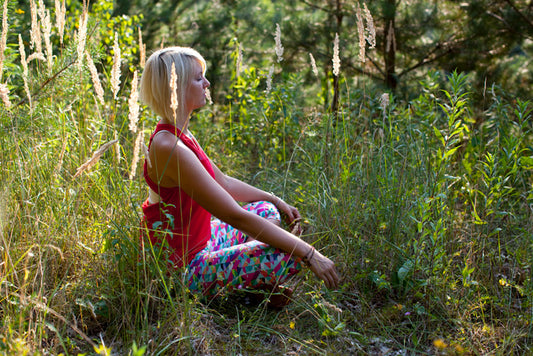
As you begin to delve into the subject of meditation, you will encounter some expressions that may at first simply raise question marks in your min...
Continue reading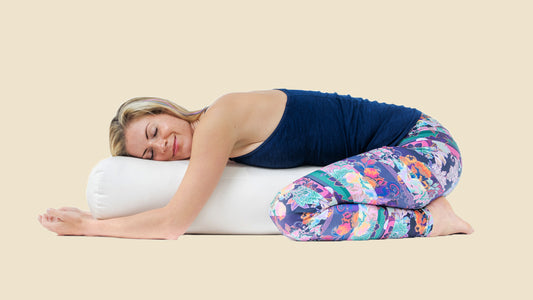
Yoga that gets under your skin: In Yin Yoga, positions are held for up to 5 minutes and thus have an effect on the deep connective tissue in your b...
Continue reading
There are no comments yet. Be the first to leave a comment!